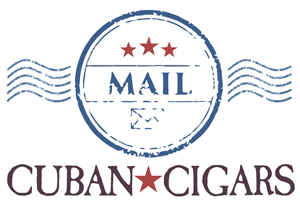-

Monte by Montecristo (6)
-

Montecristo 1935 Anniversary Edicion Diamante (6)
-

Montecristo 1935 Anniversary Nicaragua (5)
-
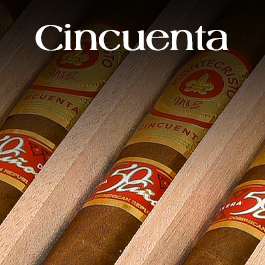
Montecristo Cincuenta (1)
-
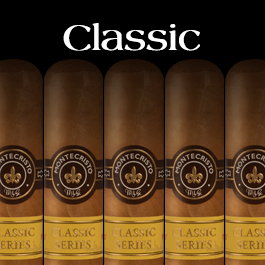
Montecristo Classic (12)
-
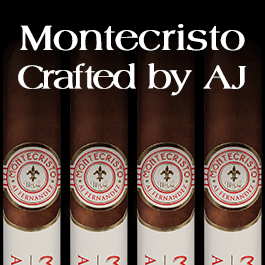
Montecristo Crafted by AJ Fernandez (5)
-
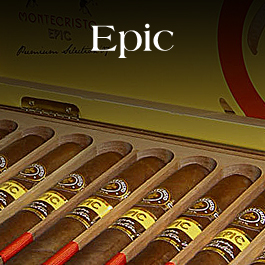
Montecristo Epic (5)
-
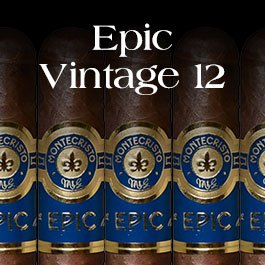
Montecristo Epic Vintage 12 (2)
-
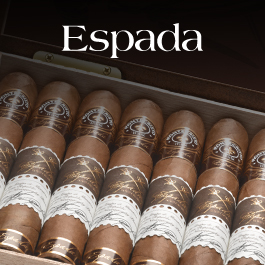
Montecristo Espada (5)
-

Montecristo Espada Oscuro (4)
-
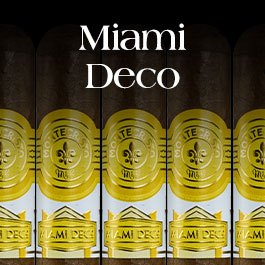
Montecristo Miami Deco (5)
-
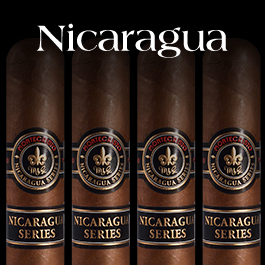
Montecristo Nicaragua (4)
-
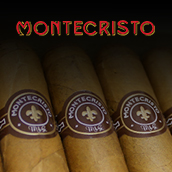
Montecristo Original (11)
-
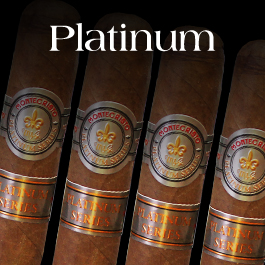
Montecristo Platinum Series (7)
-
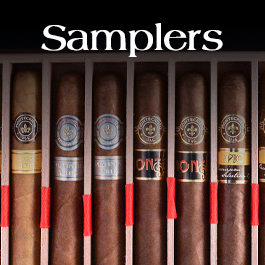
Montecristo Samplers (4)
-
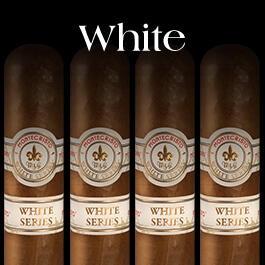
Montecristo White (18)
-
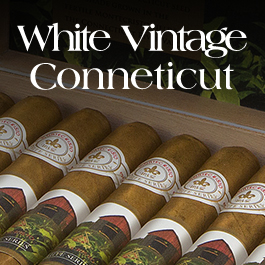
Montecristo White Vintage Connecticut (2)
Montecristo
In 1935, amid busy hands perfumed with rich tobacco and dancing Chavettas (tobacco cutting knives), Montecristo CIGARS was born. In La Habana, Cuba, Alonso Menéndez and José “Pepe” García had just purchased the Particulares Cigar Factory. Each day a Lector (reader) would read to the cigar makers as they crafted the cigars.
The newspaper in the morning and a novel in the afternoon. The oft requested favorite novel of the Torcedores was Alexandre Dumas’ literary classic, The Count of Monte Cristo.
The Torcedores loved the epic tale so much that a new line of cigars was created in its honor named Montecristo. The name of the small Tuscan island where the novel’s hero, Edmond Dantès, found his mentor’s buried treasure.
After escaping prison in a sack that was thrown into the sea by guards. He subsequently buys the island and becomes the Count. The novel’s influence can still be seen in the logos. With the fleur de lis and crossed swords adorning each cigar label and box.
Alonso and José founded the Menéndez García Y Cía firm. Finding instant such success with Montecrist. So much so that, in 1937, Menéndez García Y Cía purchased the esteemed H. Upmann from J. R. Freeman & Son. The manufacturing of Montecristo was moved to the renowned H. Upmann factory, the then largest cigar factory in Cuba.
Montecristo became beloved for the original five numbered vitolas. No. 1 through No.5, of their classic blend, quickly earned prestige of its own.
With the rise of Fidel Castro in the early 1960s, however, came the seizure of companies all across Cuba. Including Menéndez García Y Cía and all the company’s assets. The military of the new regime came into the factory on September 15, 1960.
The soldiers locked the safe and stopped the owners from entering. After they forced Alonso and José to sign a paper stating, among other things, that they had fled the country.
Nationalized companies, like with many cigarmakers, left the Menéndez family with nothing. All their assets were frozen, and their other companies were also nationalized. What money they had saved was in virtually worthless Cuban pesos.
It was at that point that Alonso’s son, Benjamin Menéndez, needed to make a decision. With only seven bucks in his pocket, but his family by his side. He quickly moved to the United States to reestablish his family legacy.
He moved to Miami and sold PHILLIP MORRIS cigarettes. Living in a small apartment with eleven other family members. Yet the landlord evicted the family on Christmas Eve.
Benjamin then moved to New York, working at a Brooklyn foundry learning how to make cigars. But he yearned to make cigars, just like in the factories he had worked with his family as a child.
In 1961, with his father as an investor, Benjamin opened Compania Insular Tabacalera S.A. in Las Palmas, Canary Islands, and created a line of cigars for the American market called Montecruz that, from the logo to the name, were blatant callbacks to the brand that had been usurped by the Castro regime.
Montecruz became one of the best-selling premium cigar brands in the United States, aided by distribution from the Alfred Dunhill Company. Production eventually moved to La Romana in the United States possession of the Dominican Republic, where Jose García had re established himself by opening Tabacalera García.
The Menendez family sold Compania Insular Tabacalera S.A. in the 1970s to Gulf + Western, and through a subsequent line of ownership, and the U.S. not recognizing the Cuban government’s grasp on the name, Montecruz was reborn as Montecristo.
Today, Montecristo for the U.S. rests within the Altadis family of brands, the same family to which the original Cuban Montecristo also belongs. Both are celebrated for their own distinct flavors and rich history. Montecristo for the U.S. is still hand rolled at Tabacalera García in the Dominican Republic and is lauded for being a smooth, classic smoke; a cigar that even Edmond Dantes himself would be proud to enjoy.
Montecristo has now become one of the biggest names in premium cigars. The name itself is synonymous with great smokes for many. The brand continues to receive critical acclaim. Montecristo managed to make the number two spot for Cigar Aficionados’ annual Top 25 Cigars of the Year.
The stick in question was the incredible Montecristo 1935 Anniversary Nicaragua no. 2. Receiving a near perfect score of 95. The reviewers were quick to praise its balanced yet full profile. As well as the abundant tastes of spices, pepper, peanut, sweet earth, leather, oak, almonds, and a hint of espresso beans.
